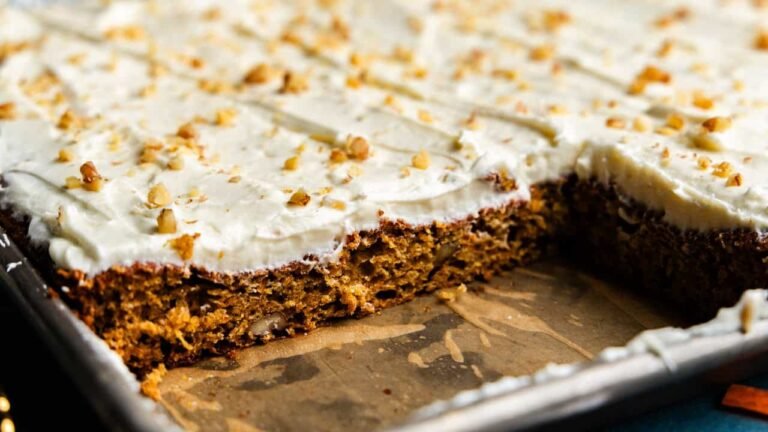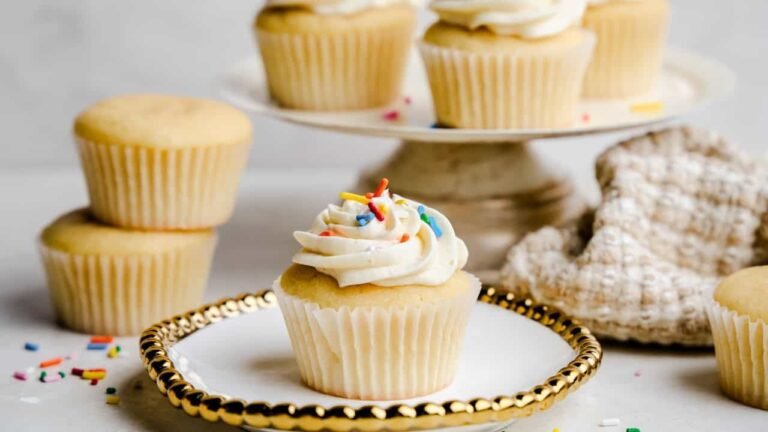As an Amazon Associate, I earn from qualifying purchases.
:max_bytes(150000):strip_icc():format(jpeg)/4-Ways-You-are-Probably-Using-Plastic-Wrap-Wrong-1054a6bcec404e07b2bc9f7fedee1950.jpg)
- Plastic wrap should never be used in ovens, grills or other high-heat appliances because it can melt.
- Foods high in fat or sugar heat quickly, which can cause plastic wrap to melt or leach chemicals.
- For safe use, always vent plastic wrap in the microwave and leave space from food.
Home cooks have been using plastic wrap since the 1940s, and it’s remained a popular food storage solution ever since. While the clear wrap is highly versatile, it does have some limitations in the kitchen. EatingWell spoke with an expert from the Reynolds Test Kitchen who provided tips for using plastic wrap like a pro to improve your cooking and storage process, and for avoiding messy situations and potential health risks.
Since some of the most common mistakes might come as a surprise, we also tapped the expert for advice on alternatives to use when plastic wrap isn’t recommended, including more sustainable choices like recycled aluminum foil and compostable parchment paper.
1. Using Plastic Wrap at Very High Temperatures
Unlike the clear seal found on most frozen meal packaging that is approved for conventional oven use, plastic wrap is made from a much thinner, more flexible material called polyethylene that is prone to melting at very high temperatures, limiting suitable heating methods to the microwave.
“You should never use plastic wrap in high-heat appliances like conventional ovens, browning units, stovetops, toaster ovens, slow cookers, pressure cookers, air fryers, or grills, as it could melt,” says Charry Edwards Brown, senior manager at Reynolds Test Kitchen. “In fact, it should not be used at temperatures above 212°F.”
2. Using Plastic Wrap to Heat Foods with a High Fat or Sugar Content
Foods high in fat—especially unsaturated fatty acids like most vegetable oils—have a relatively low melting point that makes them reach higher temperatures more quickly than other food components. Using plastic wrap when heating these foods can result in uneven cooking and melt or explode the plastic wrap, causing leaching and splattering.
The same goes for sugary foods—the low melting point of most sugars causes them to heat up quickly and begin the caramelization process. If you’ve ever made caramelized sugar, you know that it involves intense bubbling, making it unsafe for use with plastic wrap.
3. Not Leaving Enough Space Between Plastic Wrap and Food
Although plastic wrap can withstand relatively high cooking temperatures in the microwave, it’s essential to follow a few key steps to avoid problems.
“Some people forget to vent the wrap when cooking with a microwave,” explains Brown. “To fix this, turn back one corner or make a 1-inch slit in the plastic wrap, ensuring steam does not build up. Proper venting is an important safety measure and helps maintain food quality. Without venting, steam can become trapped beneath the plastic wrap and create a buildup of pressure that can cause the plastic wrap to melt or, worse, explode, risking messes and burns. Lack of proper venting can also cause uneven cooking, overcooking and loss of desired texture.”
It’s also crucial to leave space between foods and the plastic wrap when heating. “Leaving approximately one inch of space between the plastic wrap and food when microwaving creates a buffer zone between the food and the wrap and reduces the risk of the wrap melting onto the food,” advises Brown, adding that foods should be heated in 3-minute intervals to further avoid these issues.
4. Not Creating an Airtight Seal When Storing Foods
When it comes to using plastic wrap for storing foods, you’ll want to do the opposite: create an airtight seal and sometimes even press the wrap directly onto foods. This tight seal creates a barrier against air and moisture that can cause drying, wilting, oxidation and more rapid spoilage. It can also help prevent odors from other foods from penetrating, altering the taste. And plastic wrap is, of course, known for preventing leaks and spills.
Plastic wrap is particularly useful for storing foods in the freezer; when used correctly, it can extend the shelf life of a variety of types of foods. Still, the Reynolds expert says that a common mistake for this application is not using enough of the product, and recommends double-wrapping foods using an additional layer of plastic wrap, freezer paper or aluminum foil to avoid freezer burn. Brown also offered this brilliant tip: “Press plastic wrap over ice cream in the container before putting the lid on—it helps keep the air out and prevents ice crystals from forming.”
Plastic Wrap Alternatives
When plastic wrap isn’t an option, including when baking, there are a variety of other food wrap products you can opt for. Here’s a helpful guide to finding the right alternative.
- Oven/toaster oven/air fryer: In most cases, aluminum foil and parchment paper can withstand higher temperatures, making them the best alternatives to plastic wrap when cooking in an oven or toaster oven. Air fryer liners are also an excellent choice, making for easier cleanup. Reynolds air fryer liners and unbleached parchment paper are both designed and tested for home composting. Reynolds also offers recycled aluminum foil.
- Slow cooker/pressure cooker: Slow cooker liners are specifically designed to withstand the high heat of slow cookers and pressure cookers. They’re also helpful for separating foods when more than one dish is cooked in the same container—just be sure to securely seal each liner bag.
- Grill/broiler: For intense-heat cooking situations like those achieved on a grill or in a broiler, you’ll want to opt for heavy-duty aluminum foil such as Reynolds Grill Foil, an extra-thick aluminum product that offers increased durability, nonstick benefits and a wider surface.
The Bottom Line
Plastic wrap is a convenient and versatile product for cooking and storing foods, but using it correctly is key to avoiding problems like melting, food spoilage and messy situations. The expert’s top tips include avoiding high-heat cooking and contact with fatty and sugary foods, creating the proper seal and using an alternative when necessary.
https://www.eatingwell.com/plastic-wrap-mistakes-11794557
https://www.eatingwell.com/thmb/dQhr6ELexZU5zHQEzkwfD6WFIhQ=/1500×0/filters:no_upscale():max_bytes(150000):strip_icc()/4-Ways-You-are-Probably-Using-Plastic-Wrap-Wrong-1054a6bcec404e07b2bc9f7fedee1950.jpg
Healthy Eating,Healthy Cooking How-Tos
#Common #Plastic #Wrap #Mistakes #Safer #Alternatives
Check out this PAGE – https://www.eatingwell.com/plastic-wrap-mistakes-11794557
Check out this Page Travel Package discount Must haves – Source2
Disclaimer: As an Amazon Associate, I earn from qualifying purchases; I may earn a commission from qualifying purchases as an affiliate. Please note that I only recommend products I believe will provide value to my readers.




